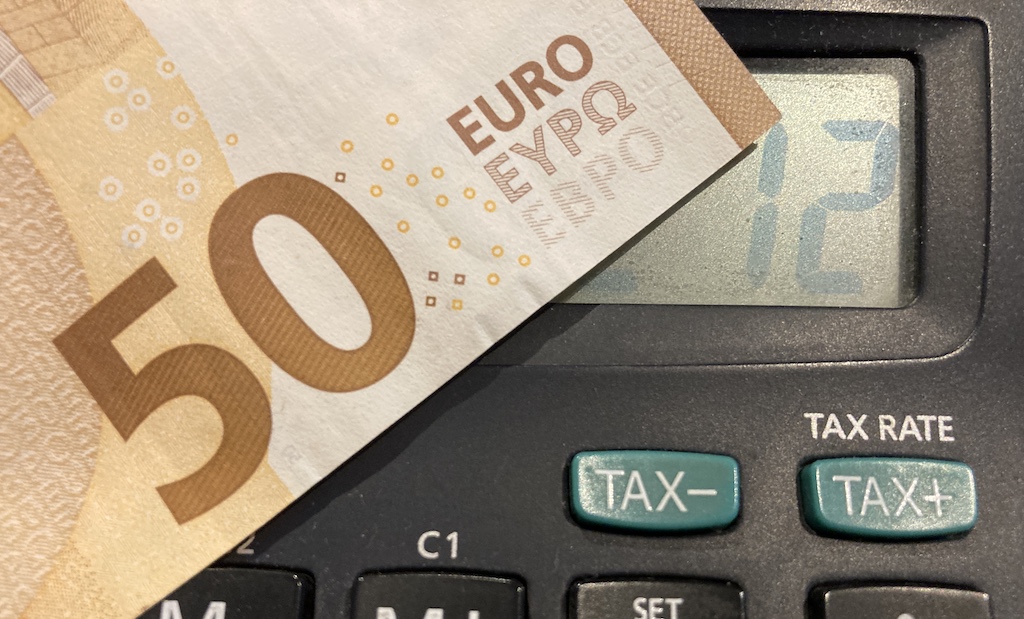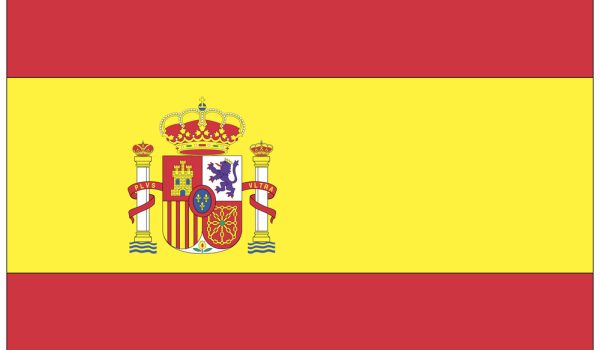

Lawyer Miguel Ángel Vázquez-González, an associate of Larraín Nesbitt Abogados, briefly explains to us the new changes introduced by the revamped plusvalia tax law and gives us some examples on how to calculate it.
Marbella-based Larraín Nesbitt Abogados (LNA) has over 18 years’ taxation & conveyancing experience at your service. We offer a wide range of over 50 legal and corporate services. Our team of native English-speaking lawyers and economists have a long track record of successfully assisting expats all over Spain.
You can review here our client’s testimonials.
Article copyrighted © 2021. Plagiarism will be criminally prosecuted.
By Miguel Ángel Vázquez-González
Associate at Larraín Nesbitt Abogados
12th of November 2021
Unfortunately, as it has become all too common in this legislature, Spain’s Constitutional Court has overturned the Government’s plusvalia tax law and declared void some articles of the Ley Reguladora de las Haciendas Locales (law on town hall finance) in regards to the Plusvalia tax (incremento del valor de los terrenos de naturaleza urbana, in Spanish) as they are opposed to constitutional principles enshrined in our Magna Carta.
Said ruling, at the time of writing this article, has still not been published in Spain’s Official Law Gazette (B.O.E., in Spanish) but it is known by all, as the Constitutional Court itself published it on their website, which incidentally is unprecedented, and has no legal bearing.
How was Plusvalia Spanish property tax calculated until now?
The taxable base was attained on multiplying the value of the land at the time of the accrual of the tax multiplied by the number of years the asset had been in the estate of the owner following regulated coefficients.
And finally, this amount was multiplied by a percentage that was set by each town hall (as they have devolved competencies on this tax) following a sliding scale.
What is the new Plusvalia calculation method we have now?
A taxpayer can choose from between two different methods of calculation; it’s slightly ironic as no one is going to choose the most expensive one.
- Objective method. It’s basically a new revamped version of what we already had with some new rules to calculate it; you multiply the value of the land at the time of accrual of the tax times coefficients (town halls are empowered to rule on these coefficients) and on the result, you apply the tax rate set by each town hall. It cannot exceed 30%. To sum up, a very similar system to the one that was previously in place.
- Taxation by ‘real’ Plusvalia. Taxpayers now have a new option to be taxed on the ‘real’ increase of value of the land (plusvalia). Understood as the difference between the purchase and sale price, multiplied by the percentages set by each town hall and by the tax rate set by the new plusvalia tax law.
Coefficients (accrual timespan)
Under 1 year. 0,14
1 year. 0,13
2 years. 0,15
3 years. 0,16
4 years. 0,17
5 years. 0,17
6 years. 0,16
7 years. 0,12
8 years. 0,10
9 years. 0,09
10 years. 0,08
11 years. 0,08
12 years. 0,08
13 years. 0,08
14 years. 0,10
15 years. 0,12
16 years. 0,16
17 years. 0,20
18 years. 0,26
19 years. 0,36
Equal to, or greater than, 20 years. 0,45
Changes
- All transactions under a year will now be taxable (before they went untaxed).
- Providing the taxpayer serves notice, and manages to prove there has been no increase of value in the land, the transaction will go untaxed. On a personal note, I need to point out this is highly irregular. Because if a transaction goes untaxed, it follows there is no need to file a tax return on it, as the transaction is not subject to the tax. But whatever.
When is the new Spanish Plusvalía tax enforceable?
Including, and as from, the 10th of November 2021 onwards.
Examples of the new tax
The Government has published a series of examples, we reproduce one of them:
- REAL PLUSVALIA IS LARGER THAN THE OBJECTIVE PLUSVALIA
A dwelling acquired in 2017 for €310,000 is sold in 2021 for €350,000. That’s a profit of €40,000 over 5 years. At the time of the sale, the cadastral value (CV, going forward) is €100,000, of which €60,000 is the CV of the land and €40,000 is the CV of the building.
The increase of value in the land is the result of multiplying the plusvalia times the percentage of CV of the land over the overall CV. That is, 60% of €40,000 which is €24,000. This 24k will be the taxable base of the ‘real’ plusvalia.
RESULT:
Taxable base: land CV x coefficient = 60,000 x 0.17 = €10,200
The €10,200 will be the taxable base for the objective Plusvalia (which is inferior to the increase of value of the land of €24,000).
Quota = 10,200 x 30% = €3,060.
In this example, it is chosen to be taxed by the objective Plusvalia, as it is lower.
When is Plusvalia tax paid?
As a gentle reminder, you need to pay this tax on:
- Selling property
- Inheriting property
- Gifting property
At Larrain Nesbitt Abogados we can assist you in buying & selling property in Spain, and dealing with its taxation. Ask us.
Larraín Nesbitt Lawyers, small on fees, BIG on service.
Larraín Nesbitt Lawyers is a law firm specialized in conveyance, taxation, inheritance, residency, and litigation. We will be very pleased to discuss your matter with you. You can contact us by e-mail at info@larrainnesbitt.com, by telephone on (+34) 952 19 22 88, or by completing our contact form to book an appointment.
Legal services available from Larraín Nesbitt Abogados:
- Conveyancing – Buying
- Conveyancing – Selling
- Probate & Succession (inheritance tax)
- Gifting property
Please note the information provided in this blog post is of general interest only and is not to be construed or intended as substitute for professional legal advice. This article may be posted freely in websites or other social media so long as the author is duly credited. Plagiarizing, whether in whole or in part, this article without crediting the author may result in criminal prosecution. VOV.
2021 © Raymundo Larraín Nesbitt. All Rights Reserved.




